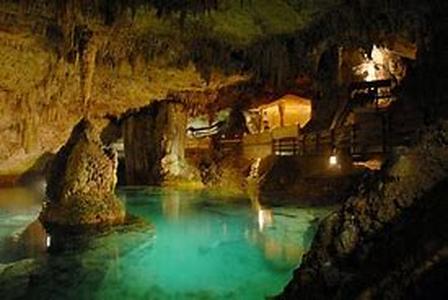
The Language Is One Of Them. As Given, The Language Is Spoken By The Locals Of , . However, The Scope Of This Language Is Not Only Evident In Tibetan Area, But It Is Also Spoken By A Great Number Of People Living In , And Several Parts Of The Northern India, Counting .The Language Is Considered By Linguists As A Part Of The Tibeto-Burman Sub-group, Which Is But A Part Of The Sino-Tibetan Languages. Being Part Of This Family, The Language Is Uttered And Written Based On The Rhythm, Tone And Syllabic Patterns Of The Olden Sanskrit Language Of . It Is Also In This Way That The Language Is Written In Scripts, Which Is Considered By Linguists As A Very Conservative Syllabary Script.However, The Original Form Of The Language Was Developed In The Following Years As A Way Of Translating The Sacred Texts Of Buddhism. With The Developments, Its No Surprise That The System Of Writing Of The Ancient Tibetan Times Now Differ In A Number Of Ways To That Of The Colloquial Tibetan Language Spoken By Majority Of The Tibetans These Days.Speaking Of Translations And Developments, It Is Interesting To Know That The Language Into A More Complex Form When The Texts Of Buddhism Which Were Printed In Sanskrit Were Brought To The . There, The Texts Were Translated Carefully Into Tibetan By The Meditation Scholars Who Spent Their Days Studying At Institutions Led By Masters Of Indian Nationality. The Translation And Teachings Just Ended At The Start Of 11th Century, The Time When The Originals Of Indian Were Ruined And Lost Due To The Suppression Of Buddhism By Muslims In The . It Is Worth Knowing Though That By That Period The Spread Of The Buddhist Artistic, Meditative And Textual Traditions With Philosophical Tones That Were Observed In Was Accomplished. Following The Completion Of This Transmission Was The Addition Of More Teachings To The Original Language.The Development In The Form Of Language Further Continues When Many Of The Advanced Scholars And Meditation Experts Had Moved To The West, Carrying The Sacred Art Works And Texts With Them. It Is Worth Knowing That The Language Used For These Written Texts Is Called Classical Tibetan.Today, Most Of The People In Speak The Known Colloquial Tibetan. This Is Composed Of About Four Dialects, And Much To Your Surprise, People Who Live In Widely Separated Areas Of The Himalayan Region May Have Difficulty Understanding One Another Due To The Language Varieties. By Far, The Customary Dialect Of Is That Which Is Spoken In The City Of , S Capital.





